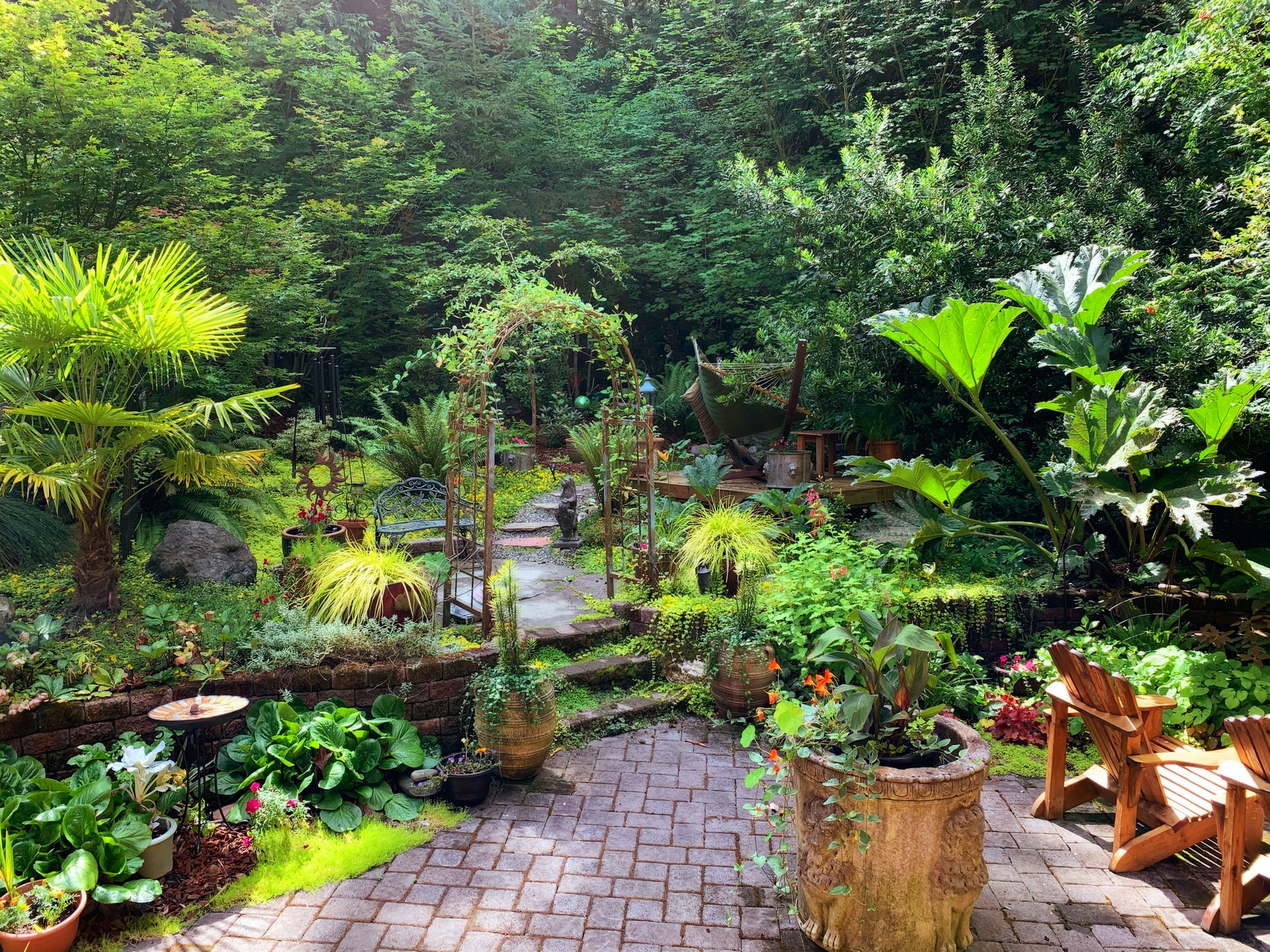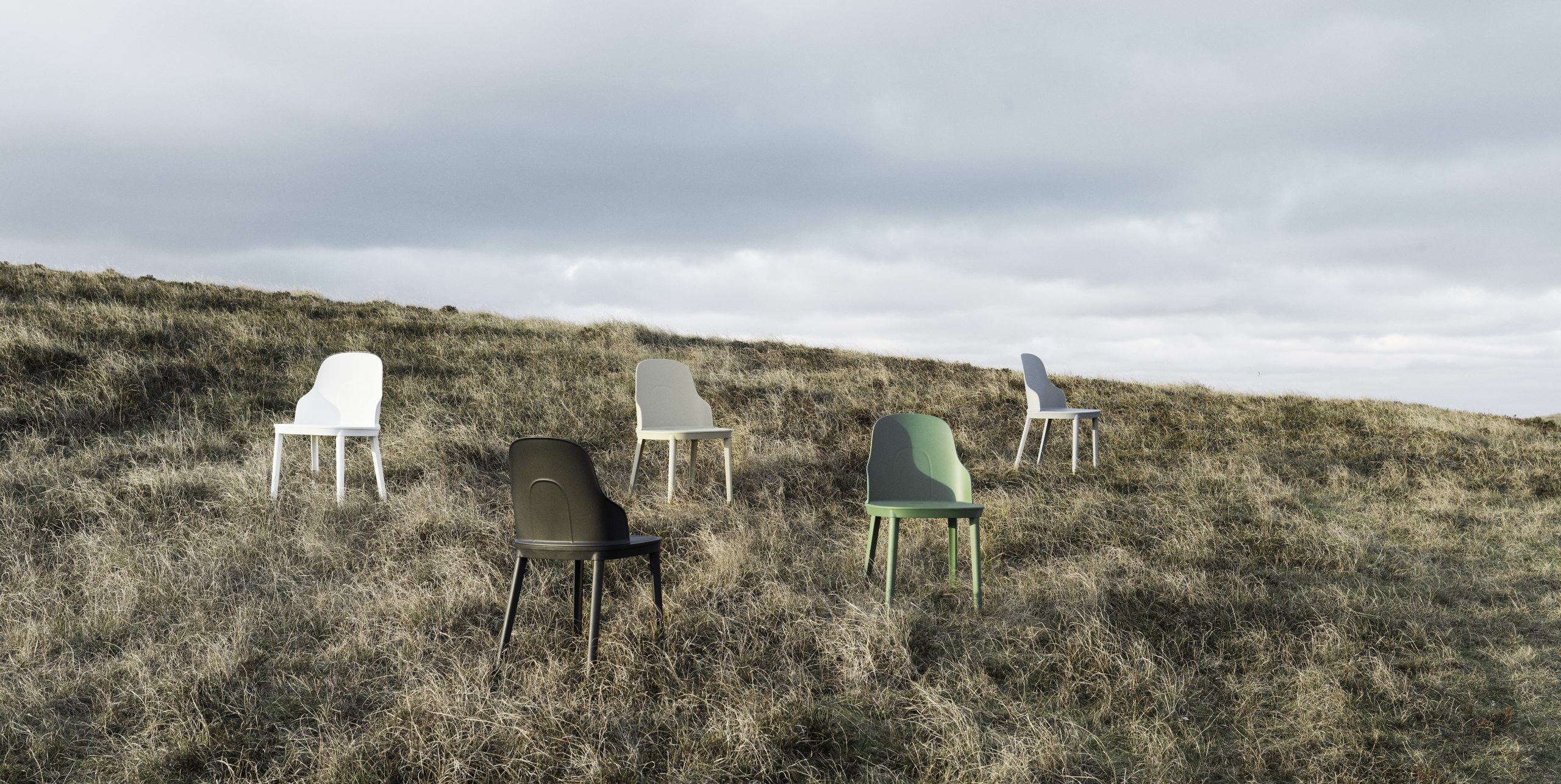Creation of Musical Instruments with Natural Materials: Harmony between Art and Ecology

The Evolution of Natural Materials in Music
The world of musical instruments is undergoing a remarkable transformation as artists and craftsmen increasingly turn to natural materials. This shift not only explores new sonic possibilities but also underscores a commitment to ecological responsibility and sustainability.
In recent years, there has been a notable increase in the popularity of instruments crafted from environmentally sourced materials. Musicians and artisans alike are recognizing that the use of sustainable resources can yield unique sounds and textures. For example, bamboo has become a favored choice for crafting flutes and percussive instruments, due to its remarkable acoustic properties and rapid growth rate, making it an eco-friendly option. Similarly, wood sourced from reclaimed sources is finding a second life in the construction of exquisite string instruments, such as violins and guitars, leading to both high-quality sound production and reduced deforestation.
- Bamboo for flutes and percussion: Due to its lightweight nature and versatility, bamboo has been embraced in various cultures, especially in Asian musical traditions. Its inherent tonal qualities make it suitable for creating soothing sounds in both traditional and contemporary music.
- Wood from reclaimed sources for string instruments: Reclaimed wood not only has a unique history and character but also contributes to a reduced environmental footprint. Popular in the creation of high-end guitars and violins, it often enhances the instrument’s resonance and tonal depth.
- Recycled metals for brass instruments: Instruments like trumpets and trombones are now being made from recycled brass. This innovation reduces the mining impact on natural habitats, while allowing musicians to achieve the same powerful sound traditionally associated with brass instruments.
- Clay for traditional and modern wind instruments: Clay is utilized to create a range of wind instruments, such as ocarinas and harmonicas. This material not only provides an earthy tone but also reflects a connection to ancient musical practices.
Musical instruments made from these natural materials not only produce exquisite sounds, but they also carry with them a narrative—an intertwining of craftsmanship and environmental consciousness. This holistic approach resonates with musicians who seek a deeper connection to their performances, aligning their artistry with their values.
Beyond the aesthetic and practical merits, utilizing natural materials fosters a profound appreciation for our planet’s resources. The shift towards eco-consciousness in the creation of both instruments and art reflects a broader trend in the art community, which strives to minimize waste and advocate for conservation efforts. Artists are beginning to realize that each choice made in the crafting process contributes to their environmental footprint, leading many to engage with local ecosystems in meaningful ways.
The journey of crafting these instruments—from hand-picking materials to understanding the ecological impact—becomes an art form in itself. This practice encourages a dialogue about sustainability in the arts and invites musicians to explore the potential of new sounds while reflecting on their role in the ecosystem.

As we delve into this synergy of creativity and responsibility, it becomes evident that the creation of musical instruments with natural materials symbolizes a profound connection between music and nature, encouraging both artists and audiences to celebrate and protect the world around us.
DISCOVER MORE: Click here to dive into the art of molecular gastronomy
Rediscovering Ancient Techniques with a Modern Twist
The revival of traditional craftsmanship rooted in the use of natural materials showcases the enduring spirit of human ingenuity while embracing a more sustainable future. Musicians and artisans today are rediscovering ancient techniques, often forgotten in the age of mass production, and infusing them with modern sensibilities. This revival serves not only as a means of creating beautiful instruments but also as a statement on slowing the depletion of our natural world.
As the demand for eco-friendly instruments grows, artists are looking to time-honored methods passed down through generations. For instance, the craft of making hand-carved wooden instruments has gained traction among luthiers and guitar makers across the United States. By utilizing local woods, such as maple and spruce, artisans can maintain authenticity while reducing transportation emissions. This conscious effort to embrace regional materials helps support local economies and reduces carbon footprints.
Innovative Approaches to Sound
Musical innovation does not solely rely on new designs or technology; it often finds its roots in experimentation with materials. Artists are pushing boundaries to unearth unique soundscapes that stem from natural elements. For example, the burgeoning trend of utilizing coconut shells to create percussion instruments like drums and shakers represents a creative solution to waste. These shells, often discarded after the fruit has been consumed, lend themselves elegantly to the rich timbre and resonance sought after by musicians.
Moreover, the incorporation of plant-based fibers, like hemp or flax, for strings and reeds opens a range of new auditory possibilities. This not only reduces the reliance on synthetic materials but also connects musicians with the earth in a tangible way. Instruments made with these fibers tend to produce warm, organic sounds, enhancing the emotional quality of the music. Such developments not only highlight a commitment to eco-friendly practices but showcase an understanding of how different materials influence auditory experiences.
- Hand-carved wooden instruments: Using local woods not only supports local artisans but also maintains the unique acoustic properties of the material.
- Coconut shells for percussion: Transforming a discarded food by-product into a musical instrument reduces waste while producing vibrant sounds.
- Plant-based fibers for strings: Sustainable and biodegradable, these materials add depth to the music while promoting ecological awareness.
- Natural adhesives: Techniques that utilize organic glues, such as those made from tree sap, further emphasize the harmony between craft and nature.
This embracing of natural materials reflects a broader cultural shift towards sustainability in the music industry. From indie artists to mainstream creators, the desire to incorporate environmentally sound practices is becoming increasingly evident. The dialogue surrounding the creation of musical instruments from natural sources invites audiences to consider the stories behind the sound, creating a deeper appreciation for both the art and the environment.
As artists bridge the gap between traditional craftsmanship and contemporary needs, this harmonious approach is an evolving testament to how music can serve as a medium for ecological advocacy. The journey of forging instruments from the very fabric of our environment encourages individuals to reconnect with nature and recognize its inherent value as an essential part of human expression.
| Advantage | Description |
|---|---|
| Sustainability | Utilizing natural materials, such as wood, bamboo, and animal skin not only reduces environmental impact but also promotes biodiversity. |
| Cultural Preservation | Crafting instruments from natural materials fosters a deep connection to cultural heritage, keeping traditional skills alive among artisans and musicians. |
The creation of musical instruments with natural materials signifies a unique blend of artistry and ecological mindfulness. By integrating sustainable practices, artisans not only contribute to environmental conservation but also ensure that the craft of instrument-making remains vibrant and relevant in contemporary society. This approach emphasizes the intersection of art and ecology, enriching cultural legacies while inviting new generations to partake in a journey that celebrates both creativity and sustainability. The use of local resources not only enhances the aesthetic value of the instruments but also carries a story of regional identity, making each piece an authentic representation of its origins. As awareness about the ecological footprint of our choices increases, the call for artistry that respects nature’s limits and celebrates her bounty becomes even more crucial.
DISCOVER MORE: Click here to dive deeper into artistic expressions
The Harmony of Artistry and Sustainability
The intersection of artistry and sustainability is becoming increasingly pronounced in the field of musical instrument creation. Artists are not merely crafting instruments; they are weaving stories that reflect their commitment to the environment. This burgeoning community of eco-conscious creators is fostering a paradigm shift, where the traceability of materials and the methods of production play a central role in the storytelling aspect of music.
Instruments crafted from reclaimed materials exemplify this concept beautifully. For instance, old furniture or buildings are being repurposed into unique string instruments, such as violins or guitars. Musicians like James Taylor have championed the use of such reclaimed wood, not only enhancing their instruments’ historical context but also diminishing the demand for new materials, thereby preserving forests and habitats. By breathing new life into forgotten items, artisans are merging creativity with ecological responsibility, revealing that art can truly be a form of environmental activism.
Emphasizing Cultural Heritage through Sustainable Practices
The choice of materials extends beyond aesthetics and environmental considerations; it also invokes cultural heritage. For instance, many indigenous communities across the United States have long utilized natural resources to create traditional instruments like the Native American flute. These flutes, often crafted from cedar or bamboo, celebrate musical heritage while utilizing naturally abundant materials. The modern resurgence in these instruments not only cements cultural identity but also promotes a message of stewardship to younger generations.
Educators and musicians alike are recognizing the importance of such practices in teaching sustainability. Workshops aimed at crafting instruments from natural materials are increasingly popular, drawing participants who seek hands-on experiences. Institutions like the University of Oregon’s Instrument Building Program and various community organizations are offering courses that not only teach the technical skills needed for instrument making but also foster discussions on the ecological impact of material choices. These initiatives create spaces for dialogue about the future of music in the context of environmental conservation.
- Reclaimed materials: Upcycled wood from furniture or buildings reduces demand for new resources while retaining historical significance.
- Indigenous craftsmanship: Instruments like the Native American flute embody cultural stories while emphasizing local ecological practices.
- Educational programs: Institutions are dedicating resources to teach sustainable instrument-making, further embedding eco-friendly practices in future generations.
- Sound from the sea: Some artisans are crafting instruments from materials like seashells or driftwood, highlighting the beauty of coastal ecosystems while telling stories of the ocean.
The integration of ecological strategies into the art of instrument creation serves as a testament to the profound connection between humans and nature. Artists engaged in this practice emphasize that every sound produced resonates with the ethos of sustainability and respect for the environment. As we reimagine the possibilities of music, we are reminded that the instruments we play can serve as powerful vehicles for both artistic expression and ecological stewardship. This growing legacy encourages musicians and listeners alike to appreciate the intricate balance between art and nature, inviting a broader conversation about the impact and responsibilities of creative pursuits on our planet.
DIVE DEEPER: Click here to unleash your creativity
Embracing a Sustainable Melody
The journey of creating musical instruments from natural materials represents a remarkable synthesis of art and ecology. As musicians and artisans prioritize sustainability, they reshape the landscape of music by emphasizing the importance of reclaimed resources, traditional craftsmanship, and community engagement. This evolution not only fosters a deeper connection between the artist and their environment but also inspires a larger movement towards responsible consumption and creative expression.
The revival of instruments like the Native American flute and the use of upcycled materials stand as potent reminders of cultural heritage and ecological stewardship. Through these practices, creators tell rich narratives that honor the past while forging paths towards a sustainable future. The educational initiatives emerging across the country, such as those at the University of Oregon’s Instrument Building Program, play a crucial role in embedding these values into the next generation of musicians, ensuring that the tradition of ecological mindfulness in the arts continues to thrive.
As we listen to the harmonies produced by these instruments, let us reflect on their origins and the stories they carry. With each note, we are reminded of our responsibility to nurture the environment that provides us with inspiration. The growing emphasis on ecological awareness in music invites us all—musicians, listeners, and creators—to actively participate in the dialogue about sustainability and creativity. Ultimately, the convergence of art and ecology in the realm of musical instruments is not merely a trend, but an enduring commitment to harmonizing the rhythms of life on our planet.


